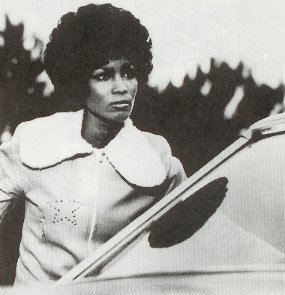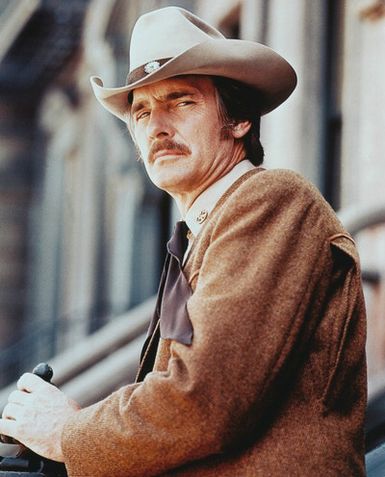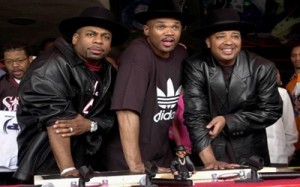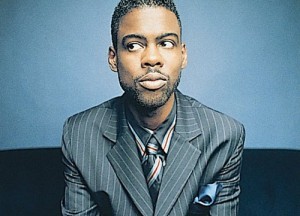The 1970s gave birth to two of the most enduring and endearing mystery characters of all time. It was also the decade when many policemen said that the best and most realistic depiction of what it was really like in their world was being done on a weekly sitcom.
 It’s probably fair to say that, in the end, the 70s belonged to Columbo or Rockford. Columbo (1971-1978) had three great elements: challenging stories with masterful villains played by name actors, a twist on the traditional whodunnit to how’s-he-gonna-catch-him and, most importantly, a tour de force performance by star Peter Falk.
It’s probably fair to say that, in the end, the 70s belonged to Columbo or Rockford. Columbo (1971-1978) had three great elements: challenging stories with masterful villains played by name actors, a twist on the traditional whodunnit to how’s-he-gonna-catch-him and, most importantly, a tour de force performance by star Peter Falk.
The Rockford Files (1974-1980) enjoyed the same performance advantage–James Garner is James Rockford–and enhanced its appeal with a memorable cast of supporting and recurring characters such as the hero’s father and a troublesome pal, Angel. The policeman hid his competence behind a bumbling facade; the PI obscured his own with wisecracks and a constant air of exasperation. Both were brilliant.
 But Rockford was not the only non standard-issue PI on the scene. Cannon (1971-1976) gave us the “fat guy” as PI.
But Rockford was not the only non standard-issue PI on the scene. Cannon (1971-1976) gave us the “fat guy” as PI.
Barnaby Jones (1973-1980) gave us the “old guy.”
 Harry O (1974-1976) allowed David Jansen to perfect the quintessential world-weary and disillusioned modern knight.
Harry O (1974-1976) allowed David Jansen to perfect the quintessential world-weary and disillusioned modern knight.
 And the short-lived and usually overlooked City of Angels (February-August 1976) was a marvelous period piece set in 1930s LA. The show, and its not-quite-shady PI hero Jake Axminster, deserved a better fate.
And the short-lived and usually overlooked City of Angels (February-August 1976) was a marvelous period piece set in 1930s LA. The show, and its not-quite-shady PI hero Jake Axminster, deserved a better fate.
 Kojak (1973-1978) challenged Columbo for the quirkiest professional crime-fighter of the era. He would easily wear the mantle of most unconventional TV cop ever were it not for Columbo. Kojak was definitely tougher, though.
Kojak (1973-1978) challenged Columbo for the quirkiest professional crime-fighter of the era. He would easily wear the mantle of most unconventional TV cop ever were it not for Columbo. Kojak was definitely tougher, though.
McCloud (1970-1977) told and retold its amusing fish-out-of-water tale with deft humor until the joke ran thin.
 McMillan and Wife (1971-1977) gave viewers an ersatz Nick and Nora team in official garb.
McMillan and Wife (1971-1977) gave viewers an ersatz Nick and Nora team in official garb.
Baretta (1975-1978) did the best ever, and probably only, undercover “cop-with-cockatoo” schtick.

And Quincy M.E. (1976-1983) provided a sometimes preachy but generally interesting look at crime from a different angle, the city morgue.
 When it came to a different viewpoint, though, the champion was Barney Miller (1975-1982), a weekly visit to a Greenwich Village station house where crimes and crooks were often secondary to the daily drama of human existence. With a marvelous cast and an incredible sense of humanity, this remains TV’s classic comedy crime show and, some would argue, the truest cop show ever.
When it came to a different viewpoint, though, the champion was Barney Miller (1975-1982), a weekly visit to a Greenwich Village station house where crimes and crooks were often secondary to the daily drama of human existence. With a marvelous cast and an incredible sense of humanity, this remains TV’s classic comedy crime show and, some would argue, the truest cop show ever.
 Somewhere along the line, TV execs noticed that all those women clamoring for equality weren’t about to go away. So Police Woman (1974-1978) brought Sgt. Pepper Anderson, a leggy beauty with a liberated attitude toward sex that reflected the shifting mores of the times, to the tube.
Somewhere along the line, TV execs noticed that all those women clamoring for equality weren’t about to go away. So Police Woman (1974-1978) brought Sgt. Pepper Anderson, a leggy beauty with a liberated attitude toward sex that reflected the shifting mores of the times, to the tube.
 At the same time, Get Christie Love! (1974-1975) featured TV’s first African-American policewoman, breaking two taboos at once.
At the same time, Get Christie Love! (1974-1975) featured TV’s first African-American policewoman, breaking two taboos at once.

As if to ward off this heresy, traditional sex and titillation ran amuck on Charlie’s Angels (1976-1981). Crimes were solved amidst a splendid display of hair, teeth and flesh. And Farrah Fawcett sold a zillion posters.









